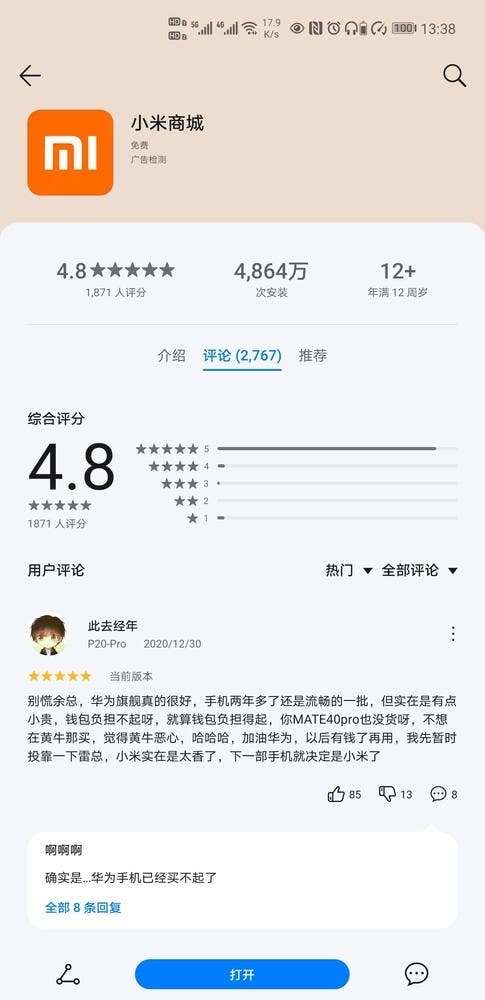Caught in the midst of a powerful fight between the US and Chinese administrations, phone maker Huawei has been stripped of the right to use Google Mobile Service (GMS) on its new Android smartphones launched in 2020.
The inability to provide access to essential services and apps like Google Play, Google Drive and Maps on the latest Huawei phones has pushed the company into a bind. Still, he doesn’t seem to give up and instead struggled with his own alternative, the Huawei Mobile Services (HMS).
While not a similar replacement for Google’s established closed-door service, for now, HMS is seen as a solution that could continue to reduce the growing reliance of smartphone makers on the Google’s regard for software solutions.
To help it achieve this goal, HMS offers services such as Huawei ID, Huawei Mobile Cloud, Huawei App Gallery, Huawei Video, Huawei Themes, Huawei Screen Magazine, and Huawei Browser. Of these, it is arguably the Huawei App Gallery that will be of most interest to buyers as it replaces Google’s app repository, the Play Store, on new Huawei phones.
Google Play, rival of the App Store in preparation?
Earlier in the week, the company discussed Huawei App Gallery during the launch of the Huawei Mate Xs. At the event, Huawei CEO Richard Yu urged developers to bring their apps to the new repository, saying the company’s product could provide an experience as good as that of Google and Apple.
But is there any basis to support such claims? Well, not right away at least. Although Huawei has revealed that the App Gallery is now available in more than 170 countries with 400 million monthly active users, the reality remains that the most popular apps on the planet, including WhatsApp and Facebook, remain unavailable on the App Gallery at the moment. And it is especially the Google apps that will only be available on the platform when Huawei remains riddled with the Google ban.
Still, the company is working to fix the issues and onboard new developers by announcing an investment of more than $ 1 billion in the App Gallery in the coming months.
Focus on privacy and security
Huawei also focuses on user privacy as a cornerstone of the app gallery. Confidentiality, under your control has always been at the heart of our philosophy. in all phases of our products. We also have the strictest privacy and cybersecurity solutions in Huawei AppGallery, said Richard Yu, CEO of Huawei Consumer Business Group.
App Gallery is also supposed to use the highest level of verification to isolate and protect sensitive data and user privacy. Huawei even claims it will go the extra mile and ensure that personally sensitive information – such as biometric data – is never processed outside of the Huawei device, giving the user full control over their personal data.
Simplified experience
The company also claimed that the app gallery will provide a superior experience for Huawei phone users, as apps downloaded from the Huawei app gallery are optimized to work on Huawei devices, providing incredible capacity on the phone. device.
The company does this by leveraging the power of AI tools such as HiAI, an open AI capacity platform for smart devices that brings together software and hardware resources from different devices and facilitates collaborative interactions. that are mutually reinforcing.
Hard times ahead
But despite all these claims, it is clear that there is still a lot of work before App Gallery becomes a real rival to Google Play and Apple’s App Store. The unavailability of some popular apps is definitely still an issue for now, but with the company investing significant funds in incentivizing developers to port apps for it, this issue should be resolved soon.
However, the biggest challenge would remain: convincing people to switch to a new ecosystem. As we’ve seen in the past, Microsoft hasn’t found this particularly easy to do. But luckily for Huawei, its App Gallery bet will be helped by the fact that the phones it is installed on would still run the latest AOSP versions of Android and not the company’s Harmony operating system, which the company, for the instant, uses on many of its smart devices.




